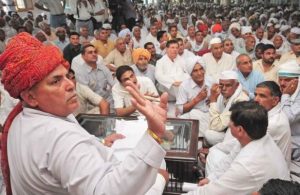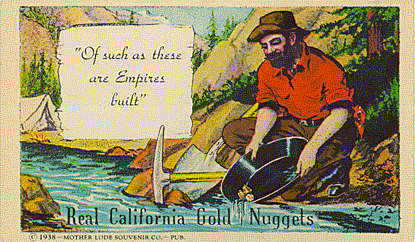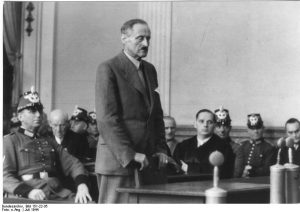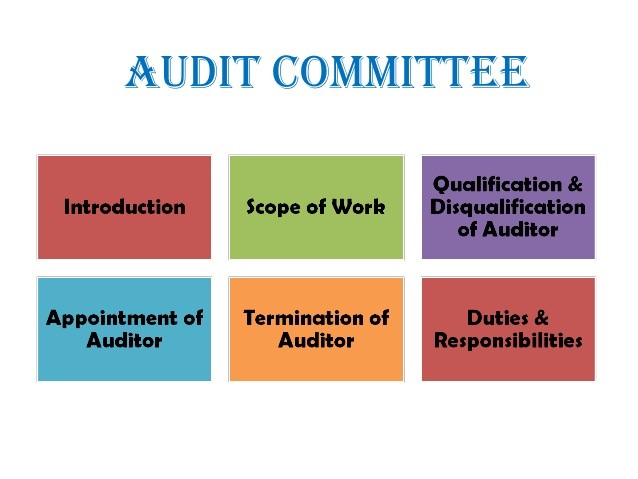The death sentence awarded by a Pakistani military court martial (Monday, April 10 2017) in respect of an alleged Indian ‘spy’ – Kulbhushan Jadhav – a retired Indian naval officer merits the prefix of a kangaroo court because the verdict is announced even before the evidence has been objectively and judiciously assessed. Jadhav was arrested by Pakistan in March 2016 in Balochistan and he was accused of being an undercover RAW agent engaged in stoking the Baloch separatist movement and seeking to ruin the high-profile China-Pakistan Economic Corridor. The Indian Central Government has rejected these allegations and has sought consular access to Jadhav which was denied by Pakistan.
India presented its arguments to ensure release of Kulbhushan Jadhav, the alleged Indian spy sentenced to death by a Pakistani military court, at the International C ourt of Justice (ICJ) at The Hague in Netherlands, Pakistan too tried to justify its case. On May 15th 2017, the case was heard at Hague; the court however refused to see a video where Jadhav is seen confessing. India has said it is a doctored video. At the end of the hearing, the judge said the court will give its order as soon as possible. He said the date will be communicated later on to both the parties.
ourt of Justice (ICJ) at The Hague in Netherlands, Pakistan too tried to justify its case. On May 15th 2017, the case was heard at Hague; the court however refused to see a video where Jadhav is seen confessing. India has said it is a doctored video. At the end of the hearing, the judge said the court will give its order as soon as possible. He said the date will be communicated later on to both the parties.
What is a Kangaroo court?
A Kangaroo court is an unofficial court held by a group of people in order to try someone regarded guilty, more than ever without good evidence. They are conducted as and when required. Kangaroo courts are famous for pretentious legal proceedings which are set-up in order to give the impression of a fair legal procedure. Such courts are associated with groups who find a need to give out a rough and ready form of justice. Often the justice is temporarily given outside the bounds of formal judicial processes. The examples are: inmates in jail, soldiers at war, and settlers of lands where no jurisdiction has yet been established.
How does a Kangaroo court work?
The name suggests quickness and randomness like the kangaroos known for their being quick and unpredictable in their movements. Similarly, kangaroos are also known for their jumping, which can refer to “claim jumping,” illegal occupation, random actions etc.
What is known for sure is that the first accusations of kangaroo courts popped up in the U.S. around the time of the 1849 California Gold Rush. In the cold morning hours of January 24, 1848, James Marshall, a construction foreman at Sutter’s Mill, was inspecting the water flow through the mill’s tail race. This sawmill on the banks of the American River in Colama, California. On that particular morning, Marshall not only found the water to be flowing adequately through the mill, but also spied a shiny object twinkling in the frigid stream. Stooping to pick it up, he looked with awe at a pea-sized gold nugget lying within his hand. On serious inspection he found accumulation of uncountable gold nuggets, this gold discovery sparked almost mass hysteria as thousands of immigrants from around the world thronged to California.
Where did the name Kangaroo court originate from?
The term Kangaroo Court originated from California Gold Rush. The earliest known usage of the phrase was in 1853 in a magazine article by Philip Paxton which was titled ‘A stray Yankee in Texas’. The notion of Kangaroos jumping and providing blank stares at people when they see them for the first time is said to be equivalent to the empty stares by the judges in a Kangaroo court.
Where are these Kangaroo court?
A lot of small villages in India still believe in Kangaroo courts rather than actual ones to get their legal issues resolved. For example, a court organised by Left-wing extremists in Latehar in Jharkhand has exposed the fact that extremists exist in the area because of the kangaroo courts attended by dozens of villagers. The evidence suggests that extremists continue to enjoy great influence over a vast area and a large number of people in Jharkhand. Police are generally afraid to venture in area where extremists hold kangaroo courts and pass the verdict to punish the offenders. The kangaroo courts indicate that the plans of the government to free Jharkhand’s countryside from extremists’ influence needs other strategies.
The punishments meted out by Kangaroo courts should not be taken seriously since they are all just a sham. Kangaroo courts have long been banned by the government of India but still run at a grand scale. One often read about ghastly punishments given out by Kangaroo courts in the newspaper.
The incident in Subalpur village in West Bengal’s Birbhum district, in which a 20-year-old tribal woman was gang-raped by a dozen men as punishment for alleged immoral conduct, is shocking in its unimaginable brutality and points to brainless judgement of a village headman. Such kangaroo courts should be banned immediately. The Subalpur incident is a proof that a section of rural India is outside the shadow of the country’s constitutional values and judicial system. Ill-informed, callous men are worst than animals. It’s a tragedy that men with no knowledge and consciousness and patriarchal prejudices are allowed to arbitrate on the conduct and morality of women and pass a monstrous form of punishment. The Supreme Court and the National Commission for Women have taken suo motu (on its own motion) cognisance of the incident, which has caused widespread outrage and repulsion.
The kangaroo courts are famous for giving orders such as social ostracism, payment of arbitrary fines and, sexual violence, hanging, shaving off hair, cutting body parts etc.
Joseph Stalin conducted show trials from 1936 to 1938 during the Great Purge or the great terror. During these kangaroo court trials, hundreds of thousands of people belonging to the Communist Party, and government officials, were tortured until they confessed to the political crimes of which they were accused. The Great Purge involved the large-scale “purge,” or murder, of those people, as well as the introduction of police surveillance and imprisonment.
It is estimated that between 600,000 and 3 million people were killed by the Soviet government during the Purge. The Purge was Stalin’s method for removing any rebels to the Communist Party while also strengthening his authority as the leader of the Soviet Union.
Another historical example of kangaroo court is that of the Nazi Volksgerichtshof trials, The People’s Court (German: Volksgerichtshof) was a special court which involved individuals who collaborated on the attempted assassination of Adolf Hitler. The individuals had their belts taken away so as to appear pathetic when they were forced to hold up their pants before the audience that had gathered to watch the trials. The judge, Roland Frailer, shouted insults at the individuals throughout the course of the trial, which was filmed for the purposes of being used as propaganda material.
Kangaroo courts are conducted in the world of sports, in universities, in which there are many incidents noted. The kangaroo court is a mocking appellation for a judicial tribunal or assembly that blatantly disregards recognized standards of law or justice, and often carries little or no official standing in the territory within which it resides. But overall, the decision maker’s prejudicial bias is most often seen in these courts.
The term may also apply to a court held by a legitimate judicial authority who intentionally disregards the court’s legal or ethical obligations. But, this seldom happens.















































